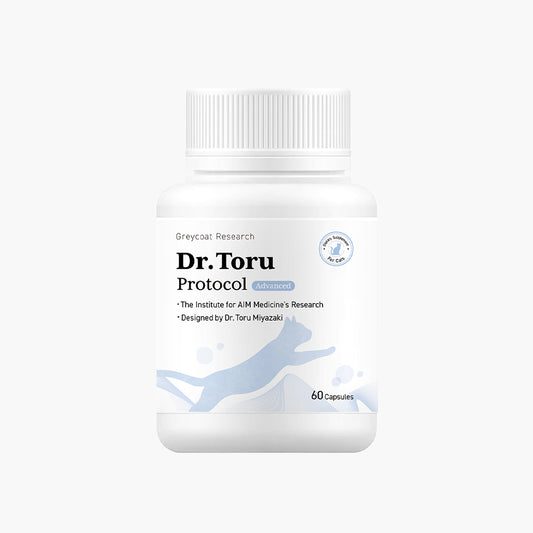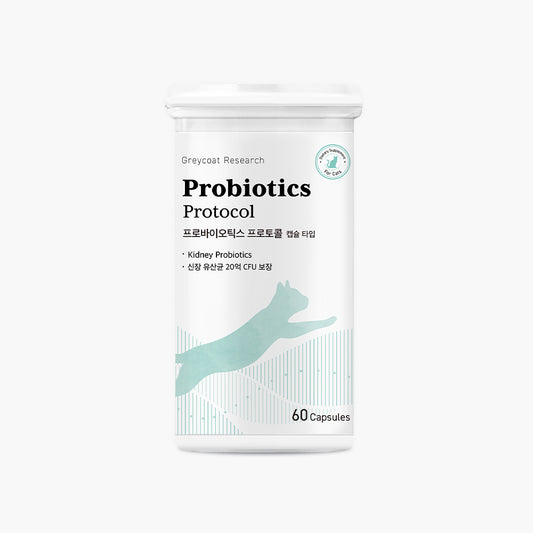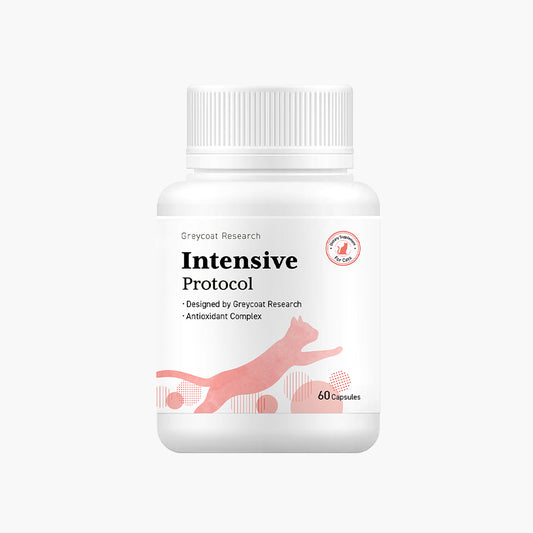
Living with Cats: What CKD Care Means to Us
What are cats to humans? To some, they are like children, beloved sons or daughters. To others, they are cherished siblings, growing up alongside them. I myself had a cat, a stalwart companion who stood by my side for almost 30 years.
Her name was Minky.
My First Step to Specializing in Cat Care
It’s been almost 14 years since I helped establish the Korean Society of Feline Medicine (KSFM), the first veterinary society in Korea dedicated exclusively to cats. Back then, East Asian pet culture was primarily focused on dogs, and Korea was no exception. As such, very few veterinarians specialized in treating cats.
It was Minky herself who led me down the path to become a veterinarian for cats like her. She was my guiding light, my dearest friend, and more importantly, my inspiration.
Minky’s Old Age and Her Fight Against CKD
Minky was 16 years old when the KSFM was founded. Considering that the average lifespan of a cat at the time was around 10 years, she was already considered elderly.
As Minky aged, her health continued to decline. By the time she was 16, like many elderly cats, she began showing signs of chronic kidney disease (CKD). While the disease may have been slow to progress, it was nonetheless steady in its progression.
On the year she turned 18 years old, Minky’s CKD had progressed to stage 3, and she began to slowly lose her vision. Back then, 18 seemed like an impossibly old age for a cat, a delicate and fragile stage that could vanish at any moment.
Minky: An Unforgettable Memory
I still remember that fateful day like it was yesterday. The sun shimmer brightly that morning, and there were no patients scheduled to arrive, so I stepped out of my office and into the lobby. It was then that I saw Minky slowly but surely walking forward.
At the time, my cat hospital was full of cat toys and accessories for the cats who lived within it. Despite the clutter on the floor, Minky moved gracefully, never bumping into a single item. Then, stopping before a water bowl placed right under the sun’s gentle rays, she slowly began to lap up some water.
I was struck by the beauty of that moment, and by Minky’s resilience. Despite her age and all the burdens that came along with it, she still radiated strength and majesty, just as she had in her younger days.
Final Partings and New Beginnings
Minky passed away in 2022. She was 28. I’d lost a beloved friend who’d been with me for almost 30 years of my life, and her passing left a void that seemed like it could never be filled.
It was around that time that I received, and accepted, an offer to become an advisory expert for Greycoat Research. Doing so gave me the opportunity to talk to CKD cat owners all over the world, and helping them develop CKD care protocols for their cats has given me a sense of immense fulfillment and joy.
I believe Minky’s influence continues to shape my life. Even though she is gone, the lessons she taught me continue to guide my actions. Caring for Minky as she went from 18 to 19, 20, and beyond allowed me to learn valuable lessons about CKD care, and I continue to carry those lessons forward.
Now, I am certain of one thing: if I ever meet a cat that lives to 31, it will be my responsibility to help care for that cat and learn from them, ensuring that more cats can live to that age—or beyond.
Choosing Care Over Euthanasia for Cats with CKD
During my time with Greycoat Research, I have helped provide consultations for over 1,000 cats with CKD around the world, including the US, Japan, and Korea.
One sobering truth I’ve learned through these consultations is that euthanasia is often recommended far too soon for cats with stage 3 CKD. A part of me understands the reasoning. After all, living with a chronic disease means living with a pain that will never go away, and the process of care can be taxing on cats and their humans alike.
But then I think about Minky and her resilience, her gentle but unrelenting grace in the face of CKD and impending blindness. I remember how she would groom herself, march boldly throughout my hospital, and come up to me to tell me what was on her mind. In those moments, I realize that the decision of when to part is not ours to make, but belongs to the cats themselves.
Long-term Care Protocols: Ensuring Quality of Life for Cats and Owners Alike
Through my work with Greycoat Research, I help provide cat owners with personalized care protocols that allow them to offer their cats the best possible care until the very end, provided both cat and owner are willing to persist.
Does your beloved cat have CKD? Does it pain you to see your friend, your family, your erstwhile companion struggle against the disease?
If so, contact Greycoat Research to schedule a free consultation today. Our services go beyond simply prescribing supplements—we work with owners to create sustainable, long-term care protocols that enhance the quality of life for both cats and their humans.
At Greycoat Research, we are committed to standing by your side, ensuring that the time you spend with your cat is more valuable and meaningful.
|
About the Author Dr. Kim Jae-young, DVM
|




